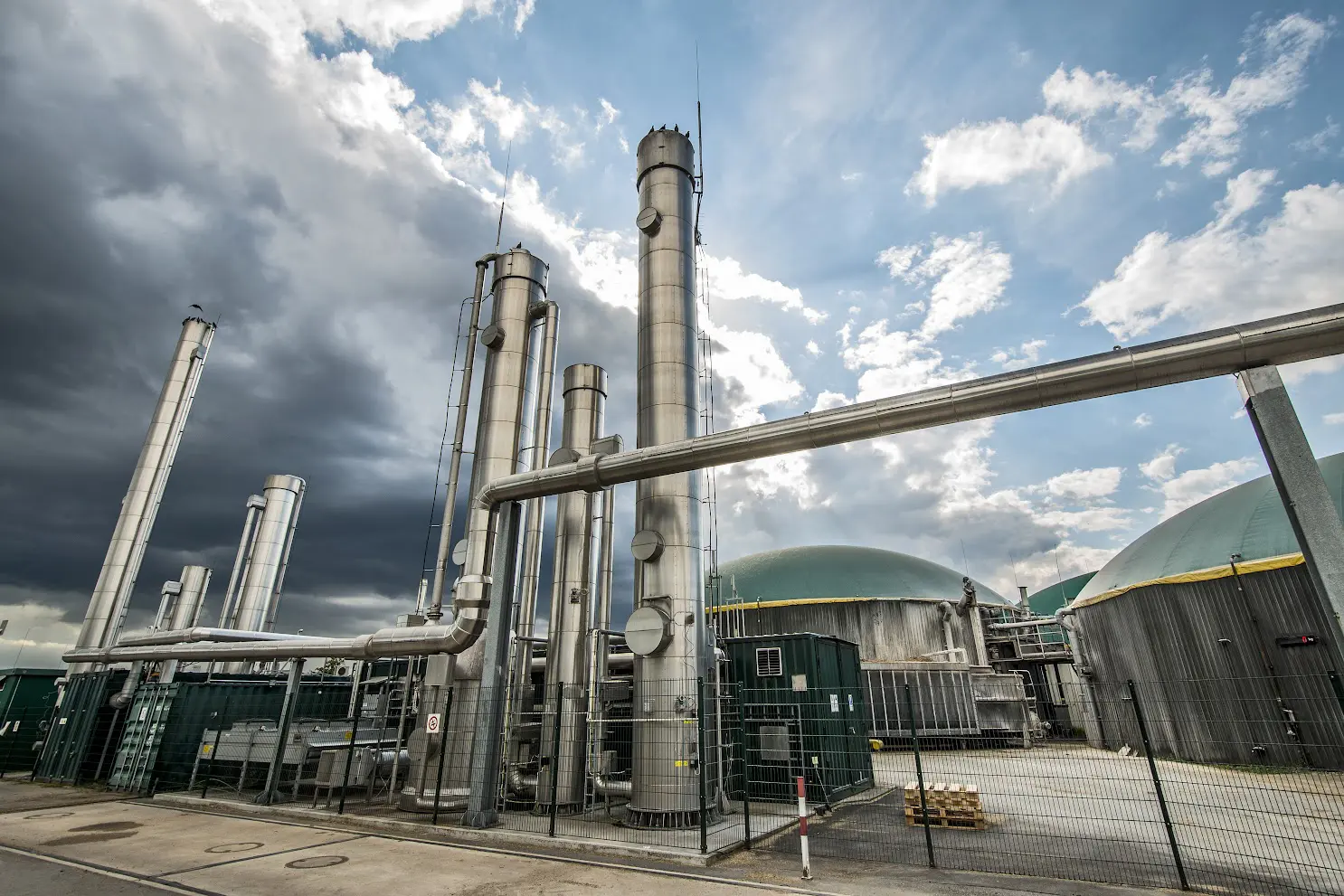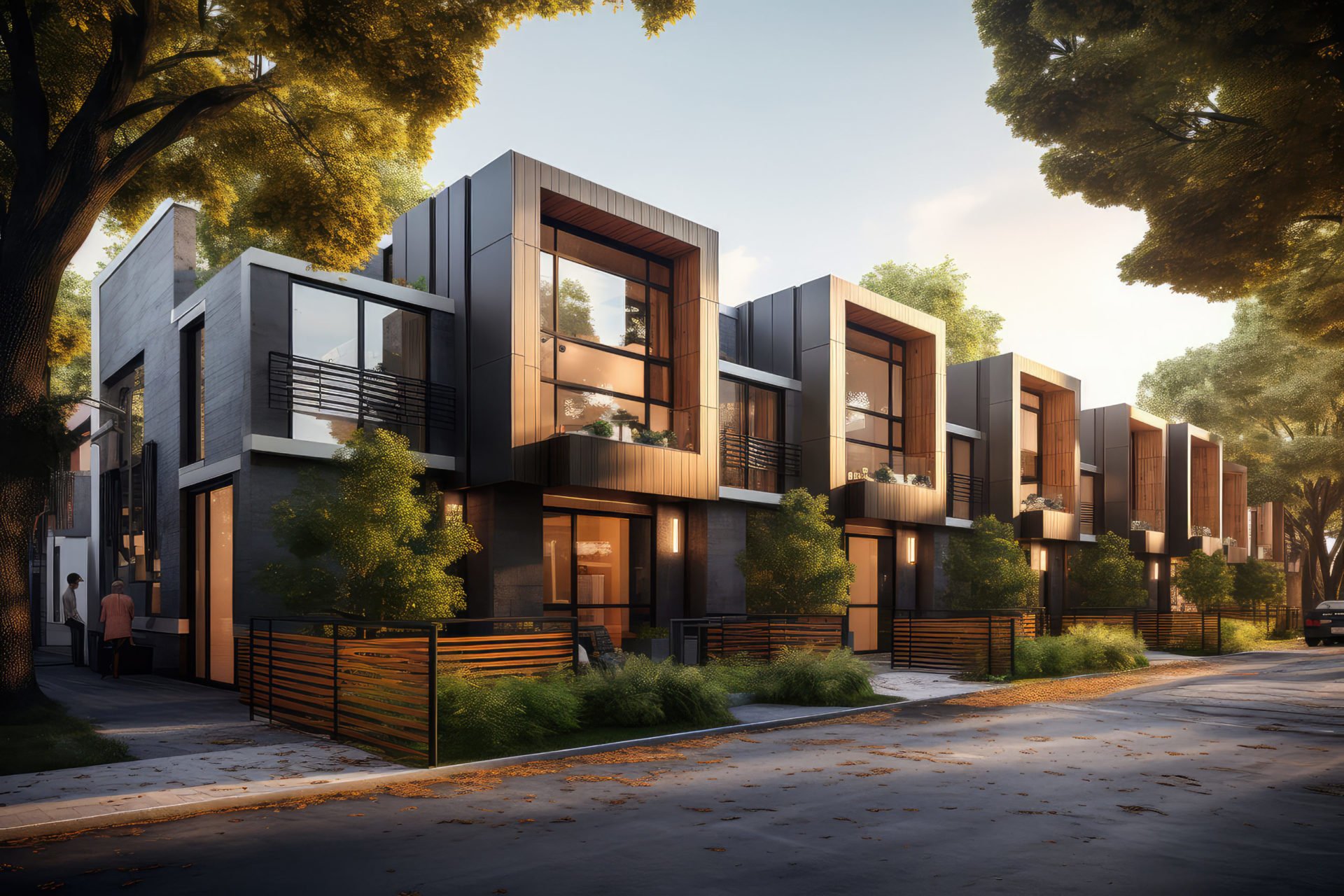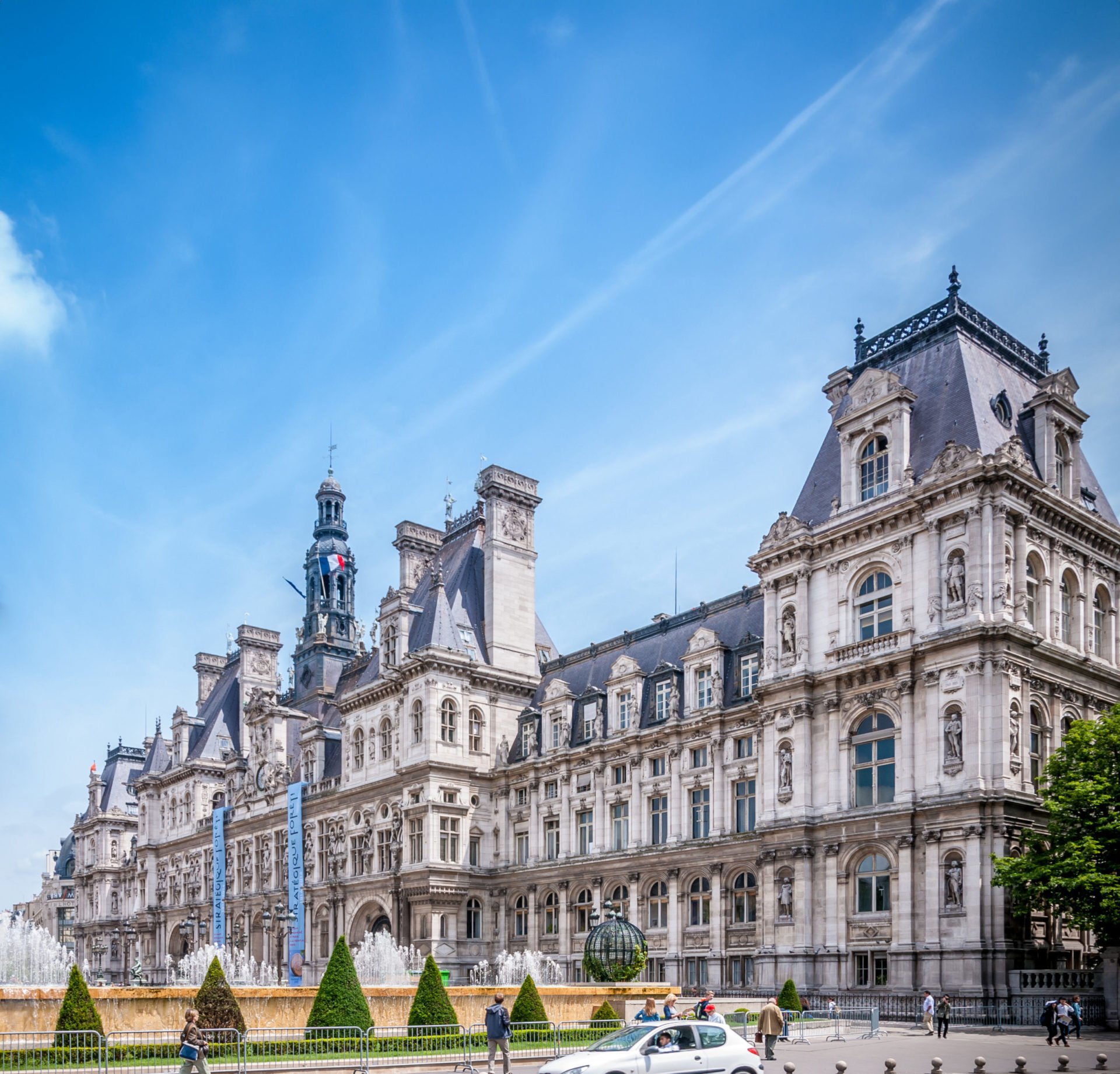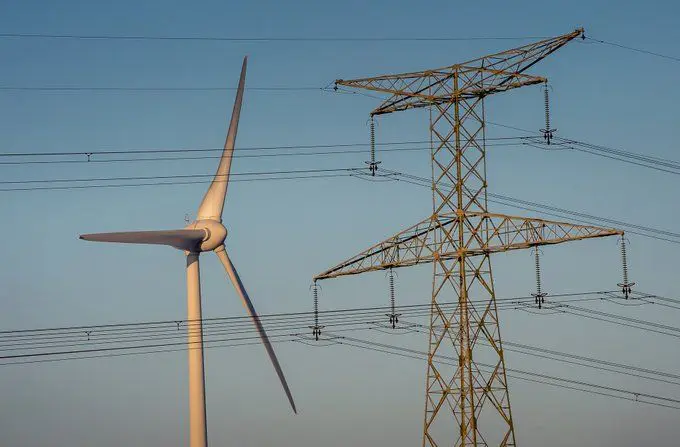La transition énergétique, le nouveau défi des acteurs de l’immobilier tertiaire #2

With the enforcement of the Éco-Énergie Tertiaire decree, it is essential for offices and retail outlets to enhance their energy performance and efficiency. Real estate companies and private and institutional asset managers are on the front line.
The goal of the Éco-Énergie Tertiaire Decree is to accelerate the energy transition by requiring commercial real estate operators to significantly reduce energy consumption – by 40% by 2030 and 60% by 2050 – in buildings larger than 1,000 m². A few figures illustrate the importance of decarbonizing commercial real estate to achieve carbon neutrality in France by 2050.
Today, real estate – especially offices and retail space – represents over a billion square meters and generates one third of greenhouse gases, according to Les Echos.
Moreover, energy consumption in commercial buildings has only fallen by an average of 1.6% per year since 2010, according to the OID! In response to the sweeping changes introduced by the Eco-Energie Decree, from ambitious targets to stringent performance requirements, real estate players must now define a bold path toward optimizing the energy efficiency of their commercial buildings, driven by legal mandates, users, and investors.
The question of the green value of our real estate assets must be at the heart of the thinking and actions of all those involved in commercial real estate!
Collect the right data for the Eco Energie Tertiaire Decree!
By September 30, 2022 at the latest, commercial operators are required to submit, via the OPERAT digital platform, detailed information on their properties, energy consumption, a selected reference year between 2010 and 2019, as well as their actual consumption data for 2020 and 2021. Every year until 2050, before the end of September of year N, consumption for year N-1 must be declared.
This data is crucial, as it equates to the regulatory reporting of energy impact and will be monitored over the years. This reporting will establish the trajectory and targets for reducing energy consumption by at least 40% by 2030, 50% by 2040 and 60% by 2050, for office and retail buildings.
Absolute targets (i.e. maximum consumption thresholds) and a few deviations can also be incorporated into the procedure. In addition, a digital certificate, similar to a score, will be automatically generated. This score must be displayed and communicated.
To this end, commercial real estate operators must establish a robust strategy for collecting and monitoring energy data, not only to improve energy management and inform the optimization of technical systems, but also to foster user engagement in performance goals and support the implementation of building upgrade work.
Alongside automated digital data collection tools, commercial real estate managers would benefit from partnering with an energy efficiency expert. This collaboration offers customized support, ensures a clear and effective methodology, promotes best practices, and delivers measurable results with controlled costs.
An effective energy optimization procedure requires thorough analysis of collected data, both energy and technical field data, to identify priorities and pinpoint the most impactful levers for achieving significant energy savings. And that goes far beyond a “traditional” energy master plan!
There’s no doubt about it, the Eco Energie Tertiaire pathway is unique to each stakeholder and represents a long-term journey, a true marathon, to achieve and sustain targeted energy performance over time.
The goal here is to leverage the best of both technology and expert consultancy to monitor energy consumption, plan upgrades, and implement the most effective actions, including raising awareness among users to meet the energy performance obligations set by the Eco Energie Tertiaire Decree.
Cultivate the right levers for building energy performance!
In addition to deepening their understanding of their buildings’ energy consumption, commercial real estate operators should collaborate with a specialist to design their Eco Energie Tertiaire pathway through the key stages, enabling them to identify and harness the most relevant sources of energy savings. Here’s a closer look at a few priority levers!
Energy optimization work on insulation, heating, regulation and lighting, often partly financed by state grants, can bring significant energy savings. What truly drives meaningful energy savings is the precise control and regulation of technical systems, fine-tuning settings to match the building’s configuration and varying usage patterns, a level of optimization that only an energy efficiency specialist can deliver.
In our view, one of the most important angles of attack is to act on usage; the user must be at the heart of the effort to achieve energy sobriety. In the Eco Energie Tertiaire pathway, it’s vital to focus on collective intelligence, while taking into account the type of audience we’re talking to. Fine-tuned support is essential to drive behavioral change, with tailored actions designed to optimize energy use and achieve consumption reductions of over 20%.
The best example is heating, which illustrates the difference between the regulatory temperature of 19° and the user’s comfort temperature, often situated around 21°C. In terms of energy consumption, one degree less represents 7% to 15% less heating. In addition to identifying and eliminating waste, it’s crucial to engage all stakeholders from managers to users and find the right levers to actively involve everyone in optimizing and controlling energy consumption.
Additionally, the health crisis has introduced a new dimension, highlighting the importance of employee health, comfort, and well-being alongside the requirements of the tertiary sector decree, all of which are crucial for a successful return to work.
Employees have new needs and new requirements of their companies – hybrid workstyles, space planning, flow management, etc., which the commercial real estate industry must meet. Satisfying the needs and uses of occupants, with buildings that combine quality and flexibility, requires long-term support.
The tertiary real estate sector is entering a new era of transformation and must establish ambitious new standards for a low-carbon future, driven by the momentum of the Eco-Energy Decree.
In addition to the fines and name-and-shame associated with non-compliance, a poor “Eco Energie Tertiaire” rating will result in a decrease of its green capital.
Green capital increasingly influences the market value of the assets concerned, in terms of occupancy rates and sales negotiations. In fact, the green value of commercial buildings as defined by their overall environmental performance has become a key factor in asset valuation and a powerful lever for attracting B2B clients and investors.
To conclude, the Eco Energie Tertiaire decree presents a valuable opportunity for real estate stakeholders to enhance the green value of their assets, at the intersection of evolving work practices, workspace design, and lease structures, positioning sustainability as a driver of both financial and environmental performance.
Similar articles
The original version of this article was published in Le Monde de l’Energie.
Text by Mustapha Forci




